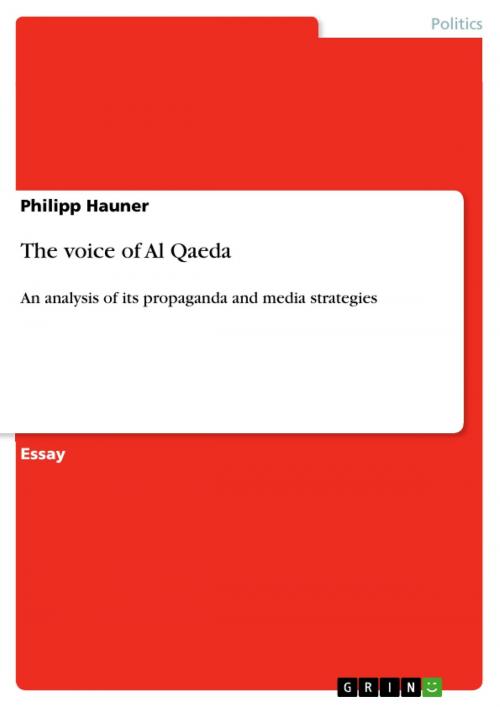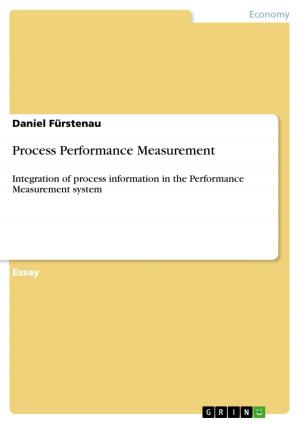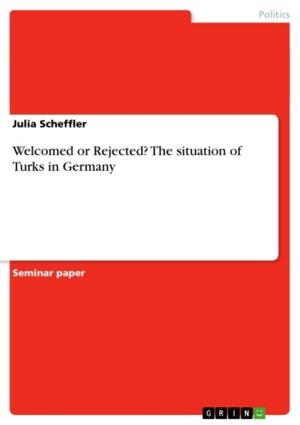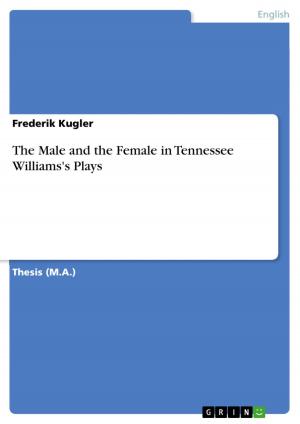The voice of Al Qaeda
An analysis of its propaganda and media strategies
Nonfiction, Social & Cultural Studies, Political Science, International, International Relations| Author: | Philipp Hauner | ISBN: | 9783640289943 |
| Publisher: | GRIN Publishing | Publication: | March 16, 2009 |
| Imprint: | GRIN Publishing | Language: | English |
| Author: | Philipp Hauner |
| ISBN: | 9783640289943 |
| Publisher: | GRIN Publishing |
| Publication: | March 16, 2009 |
| Imprint: | GRIN Publishing |
| Language: | English |
Essay from the year 2007 in the subject Politics - International Politics - Topic: International Organisations, grade: 1,7, LMU Munich (Geschwister Scholl Institut für politische Wissenschaft), course: Seminar: Introduction into Terrorism Research, 16 entries in the bibliography, language: English, abstract: Speaking about terrorism in a scientific way, it is inevitable to take into account the relationship between media and terrorism. As this essay wants to outline the main characteristics of how and why the transnational terror network Al Qaeda is designing its public appearance, a brief introduction into the general discussion on terrorism and the media is given in the following. The relationship between these two actors is often described as symbiotic or even one of 'considerable mutual benefit.' On the one hand the mass media can profit from the coverage of terrorist attacks because they can increase their circulation or viewing figures. On the other hand, terrorists achieve the wanted attention, convey the propaganda of the deed and inflict great fear on their target group(s). If successful, they can even mobilize wider support and influence political decisions of their enemies, in the way that they contribute to the desired escalation-spiral. This connection probably led former British Prime Minister Margaret Thatcher to the famous words 'oxygen of publicity': A comparison, which illustrates the absolute need for terrorists to be covered in the media; for them it is as important as the air they breathe. Some theorists are sharing the opinion, that terrorism only becomes what it is through the media coverage: 'Without the media aspect, terrorism remains one more cause of death, one of many, and not necessarily the most important or most dangerous one.' But despite the recognition of the so-called amplification effect, censorship is neither desirable nor realizable in open western societies. So it is often said, that we are here caught in a dilemma and the only thing, media can do is to weigh carefully, which incidents to show and to what extent. Furthermore they should regard it as their self-evident duty to foster the awareness of civilians and to provide a forum for reasonable discussion. This essay shall portray one of the most prominent and surely most actual terrorist groups: Al Qaeda. It will give an overview about its media strategies, but as well will not forget the propaganda management, which tries to efficiently recruit new members and foster support for the group. At first, there will be given a brief oversight and explanation of the 'metamorphosis of war', a central condition for Al Qaeda's engagement in propaganda, and how the terrorist group correlates with it.
Essay from the year 2007 in the subject Politics - International Politics - Topic: International Organisations, grade: 1,7, LMU Munich (Geschwister Scholl Institut für politische Wissenschaft), course: Seminar: Introduction into Terrorism Research, 16 entries in the bibliography, language: English, abstract: Speaking about terrorism in a scientific way, it is inevitable to take into account the relationship between media and terrorism. As this essay wants to outline the main characteristics of how and why the transnational terror network Al Qaeda is designing its public appearance, a brief introduction into the general discussion on terrorism and the media is given in the following. The relationship between these two actors is often described as symbiotic or even one of 'considerable mutual benefit.' On the one hand the mass media can profit from the coverage of terrorist attacks because they can increase their circulation or viewing figures. On the other hand, terrorists achieve the wanted attention, convey the propaganda of the deed and inflict great fear on their target group(s). If successful, they can even mobilize wider support and influence political decisions of their enemies, in the way that they contribute to the desired escalation-spiral. This connection probably led former British Prime Minister Margaret Thatcher to the famous words 'oxygen of publicity': A comparison, which illustrates the absolute need for terrorists to be covered in the media; for them it is as important as the air they breathe. Some theorists are sharing the opinion, that terrorism only becomes what it is through the media coverage: 'Without the media aspect, terrorism remains one more cause of death, one of many, and not necessarily the most important or most dangerous one.' But despite the recognition of the so-called amplification effect, censorship is neither desirable nor realizable in open western societies. So it is often said, that we are here caught in a dilemma and the only thing, media can do is to weigh carefully, which incidents to show and to what extent. Furthermore they should regard it as their self-evident duty to foster the awareness of civilians and to provide a forum for reasonable discussion. This essay shall portray one of the most prominent and surely most actual terrorist groups: Al Qaeda. It will give an overview about its media strategies, but as well will not forget the propaganda management, which tries to efficiently recruit new members and foster support for the group. At first, there will be given a brief oversight and explanation of the 'metamorphosis of war', a central condition for Al Qaeda's engagement in propaganda, and how the terrorist group correlates with it.















